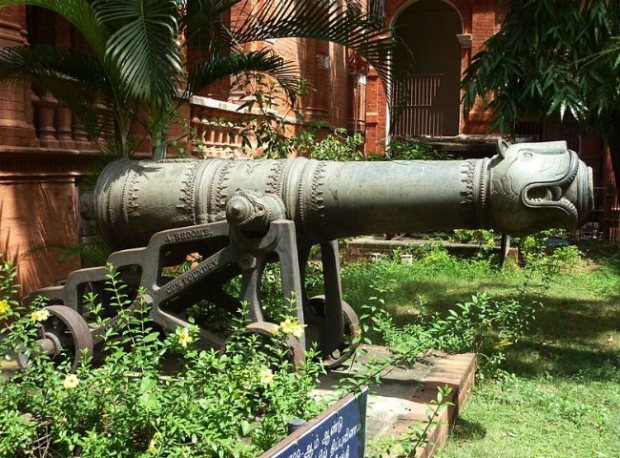Having won his eighth world title, ace cueist Pankaj Advani opens up to Chennai Times on his sport, love and life.
You have won a record eight world titles now. How do you motivate yourself to better this achievement?
In each phase of a sportsperson’s life, the aims, goals and the purpose of playing the sport changes. For me, initially, when I started out, I just wanted to enjoy playing the sport and improve my rankings. Later, when I started winning the titles, the challenge was to retain my position. And, now, I want to push myself further and perform consistently and play as perfectly as possible.
With this title, you are already being talked about as a serious contender for the Greatest Of All Time tag. How do you view this?
Of course, being talked about in such a manner is definitely a huge morale booster. But such statistics and comparisons can wait till I retire or can rise towards the end of my career. Also, these talks can give you a false sense of confidence and I don’t want to be carried away.
Who is your inspiration?
It’s my coach Arvind Savur. He agreed to coach me without charging and penny and his knowledge of the game is incredible. But more than a coach, he is my friend, philosopher and guide. I also get inspired watching Roger Federer play. He is definitely the greatest sportsperson of all time. To play so gracefully and successfully all these years is just fantastic. I haven’t met him yet but I would like to. I would also love to watch him play live.
So what’s your idea of an ideal break?
I spend time with my friends and family. And, sometimes, I go to Goa and spend some time by the seaside. It is very relaxing. As a professional player, I get very few days to unwind and so, I try to get adequate sleep and rest. And, yes, I do like to walk the ramp, if only to relax. (Laughs)
What do you think of sportspersons taking an interest in films of late?
Well, people perceive a sportsperson in only one light. They don’t generally see you beyond your game. So, unless your priorities have changed, you should stick with your career. But once you have decided, you have to be yourself as you don’t want to make a fool of yourself in public. Even I got a couple of acting offers and a filmmaker was interested in my life story, but every time I decided to give it a thought, some important tournament would come up and I put it on the back burner.
You are considered one of the most eligible bachelors in India…
Actually, it feels great to be in this category. But I would like to stay an eligible bachelor for some more years. And, no, I don’t have a special someone yet. I have been traveling between India and England for the past six years and with the amount of travelling, it’s wise to stay out of a relationship. But, then, you don’t plan to fall or not to fall in love. If the moment and the person arrive, there’s nothing you can do.
Do sportspersons need to be socially active?
I think it is important that sportspersons involve themselves in social causes in any little way possible. There are so many issues that need to be addressed and each sportsperson or celebrity who has an appeal can go out there and do something for the society. Aamir Khan’s Satyameva Jayate was an excellent concept. Yes, it had a lot of drama and emotions but it brought out a lot of issues that need to be addressed today.
How has 2012 been for you and what plans for 2013?
2012 has been the best year in my career so far. Of course, it involved lots of struggle and was the toughest yet but it was also the most productive and fulfilling. I’ll be concentrating on my fitness in the coming year as health is very, very important when you play at the global level. I would also like to relax and stay mentally fresh.
source: http://www.articles.timesofindia.indiatimes.com / Home> Sports> More Sports / by M Suganth, TNN / December 31st, 2012



